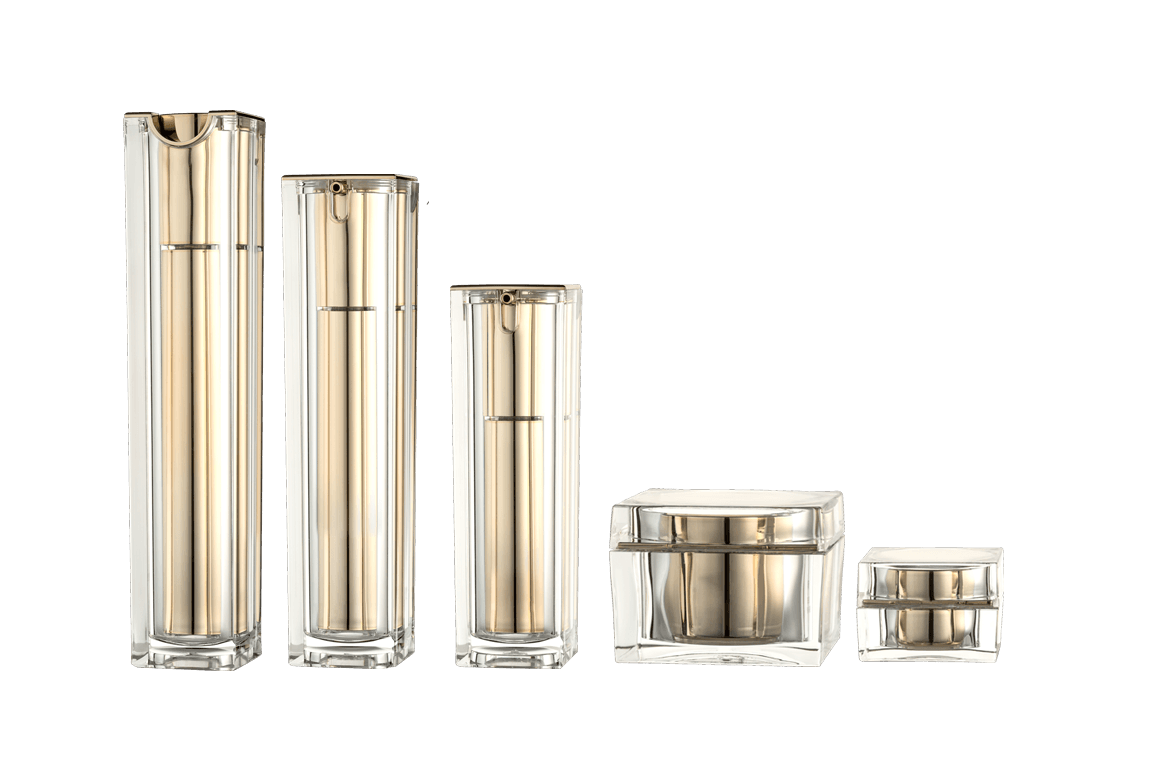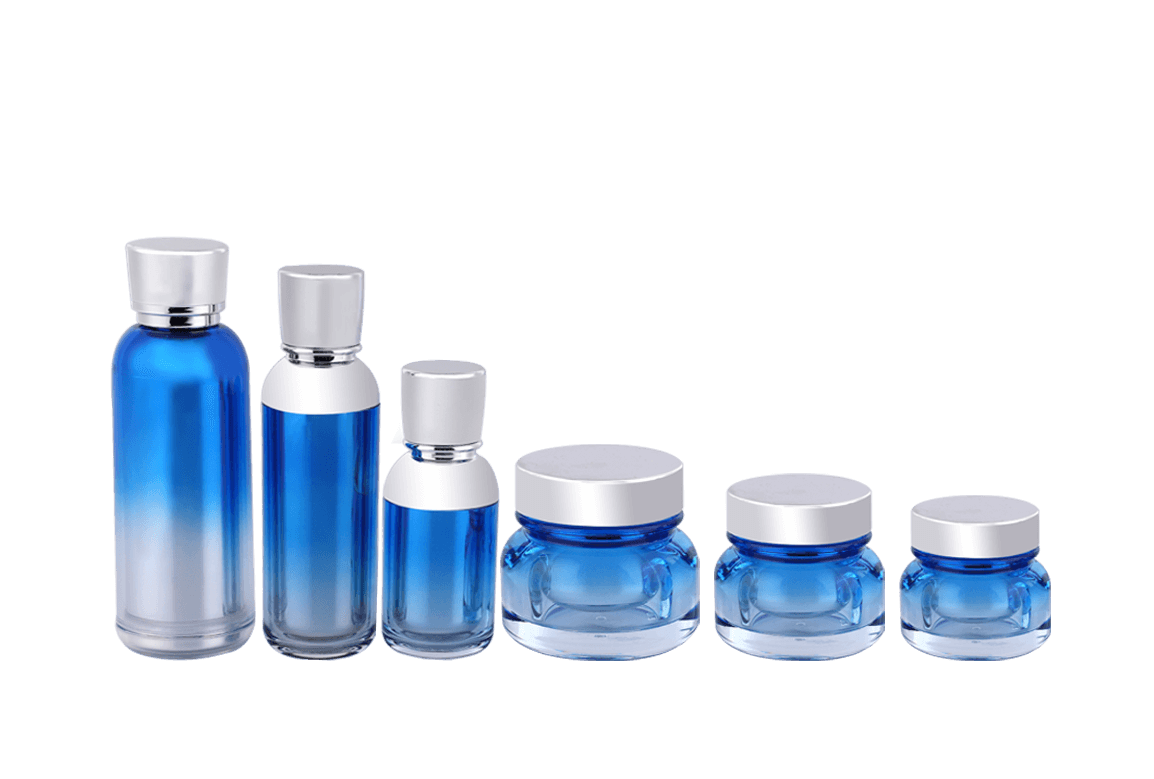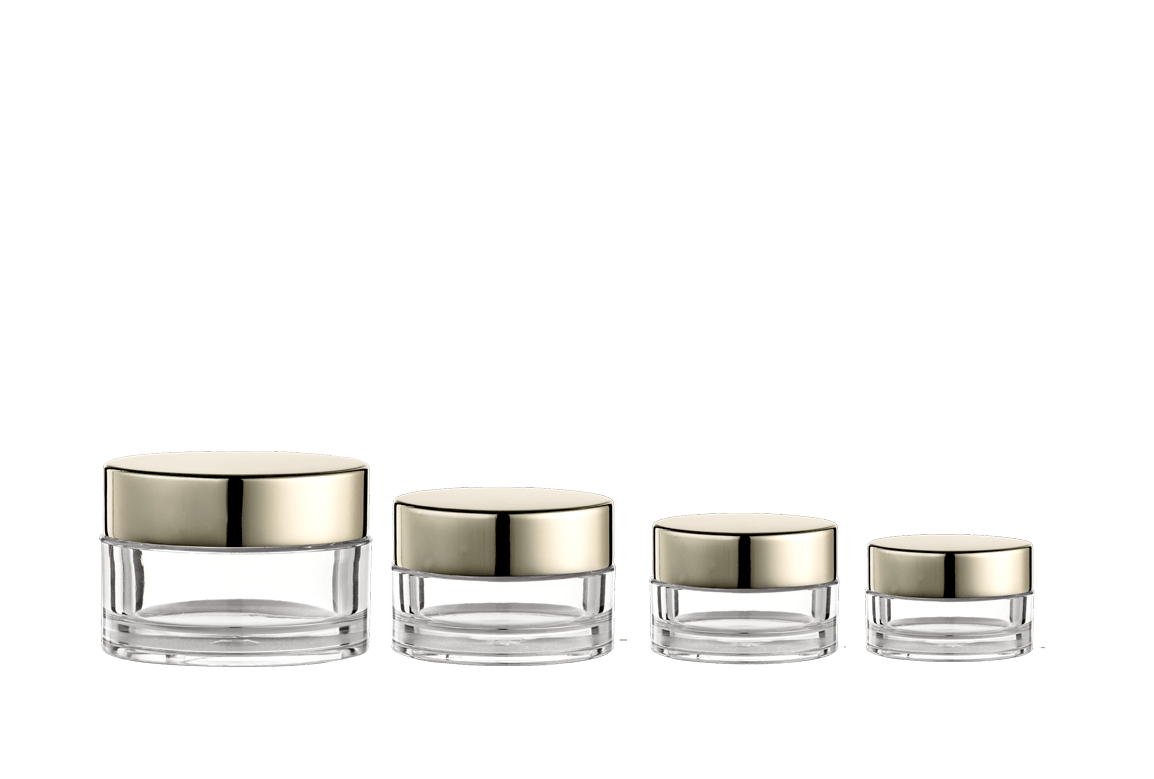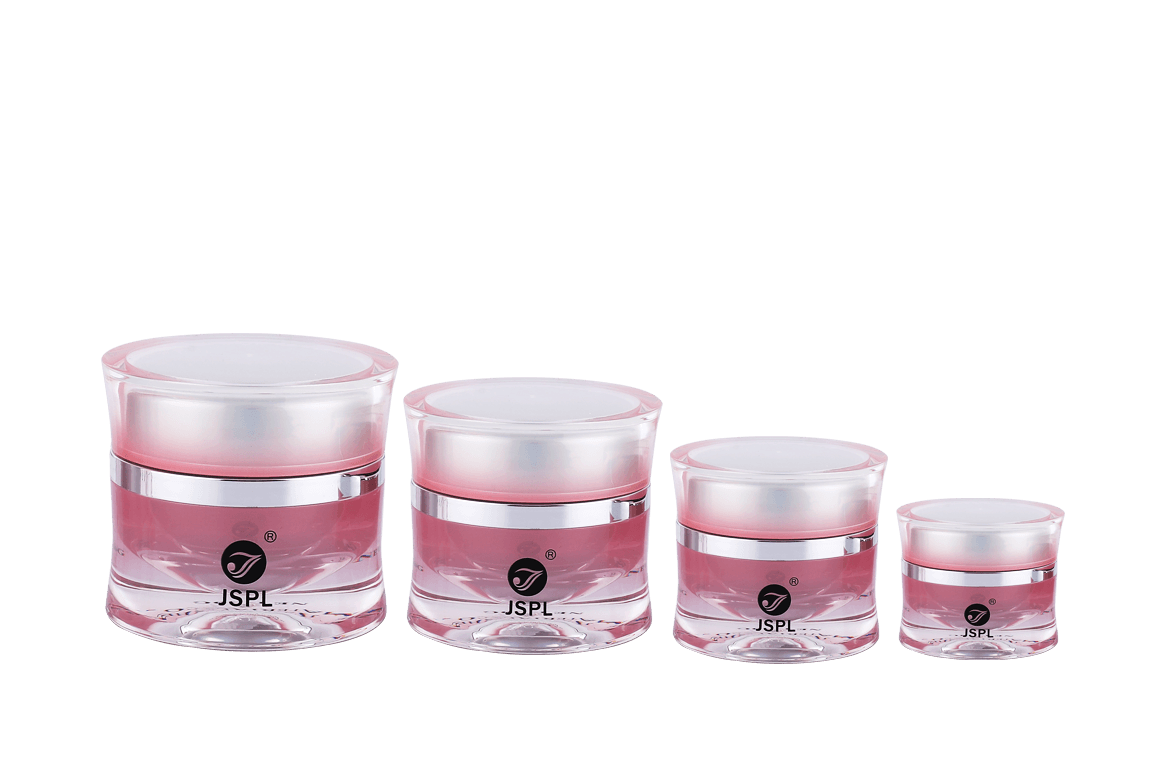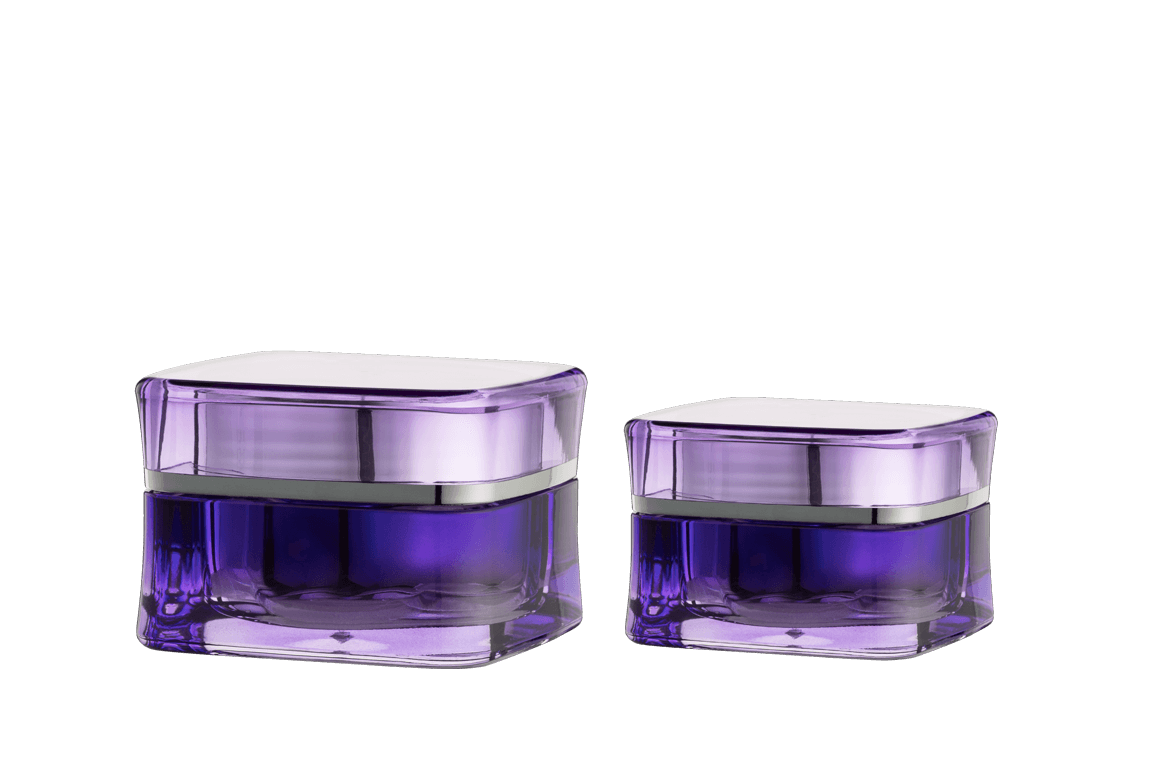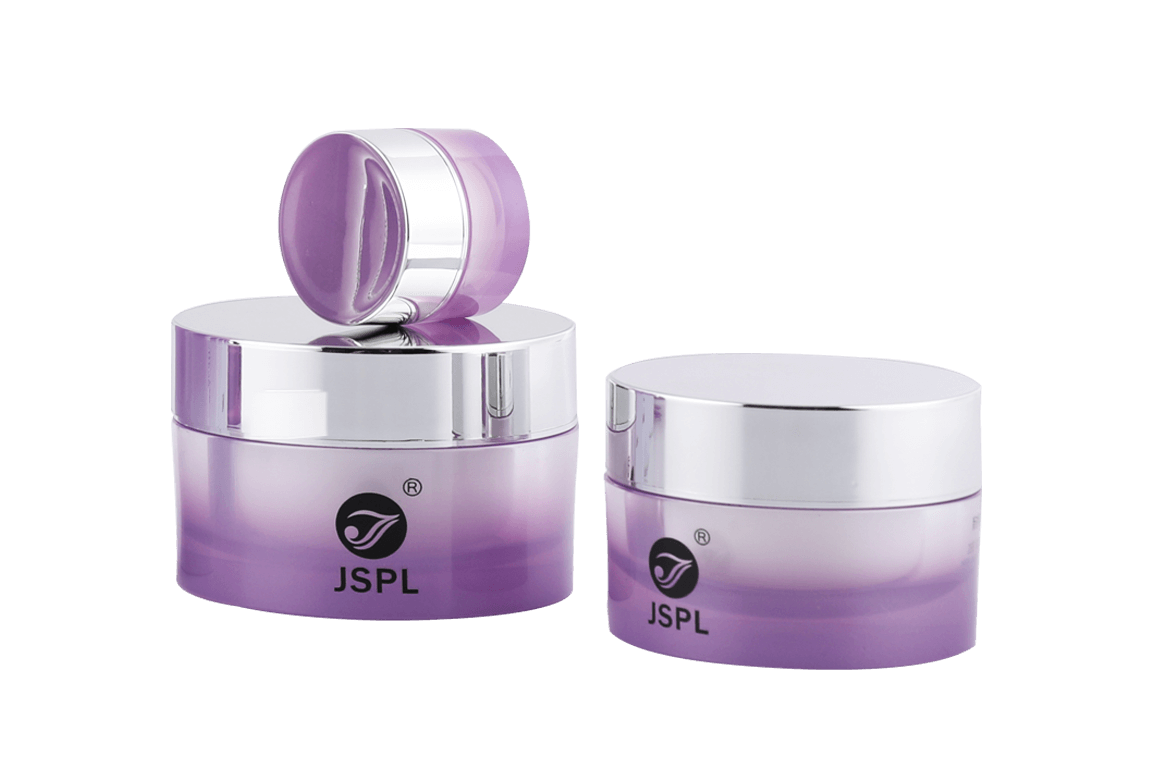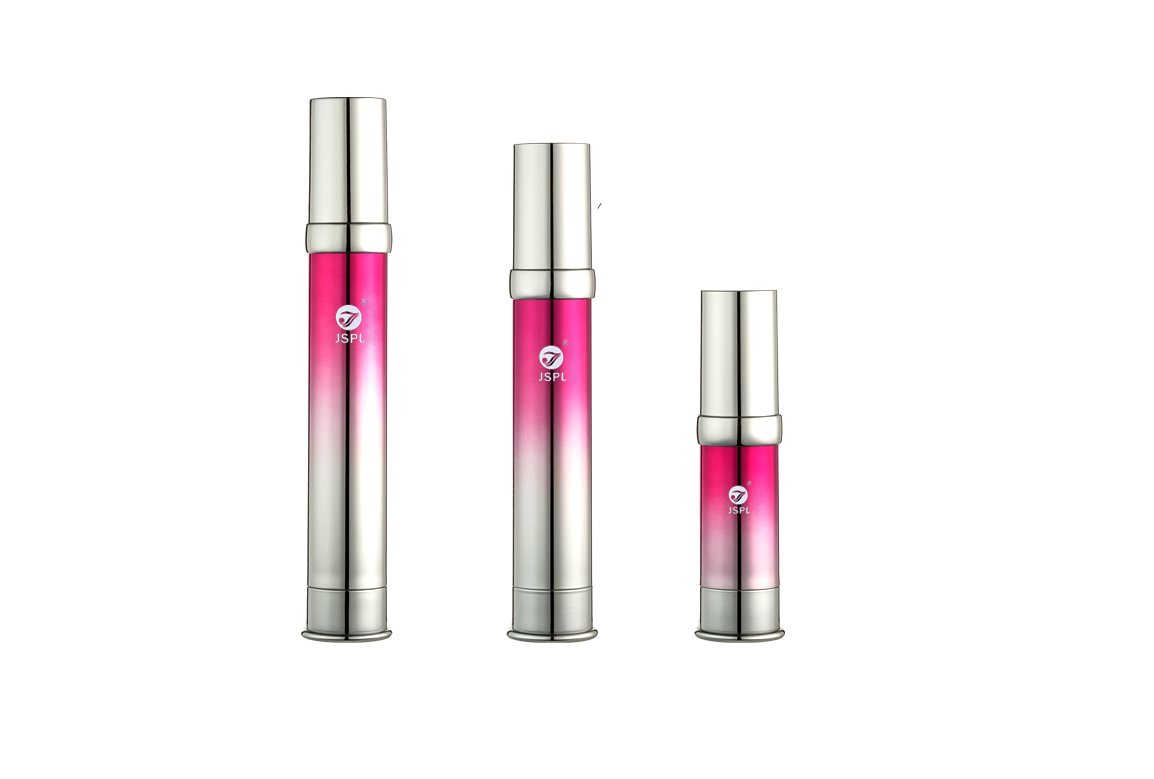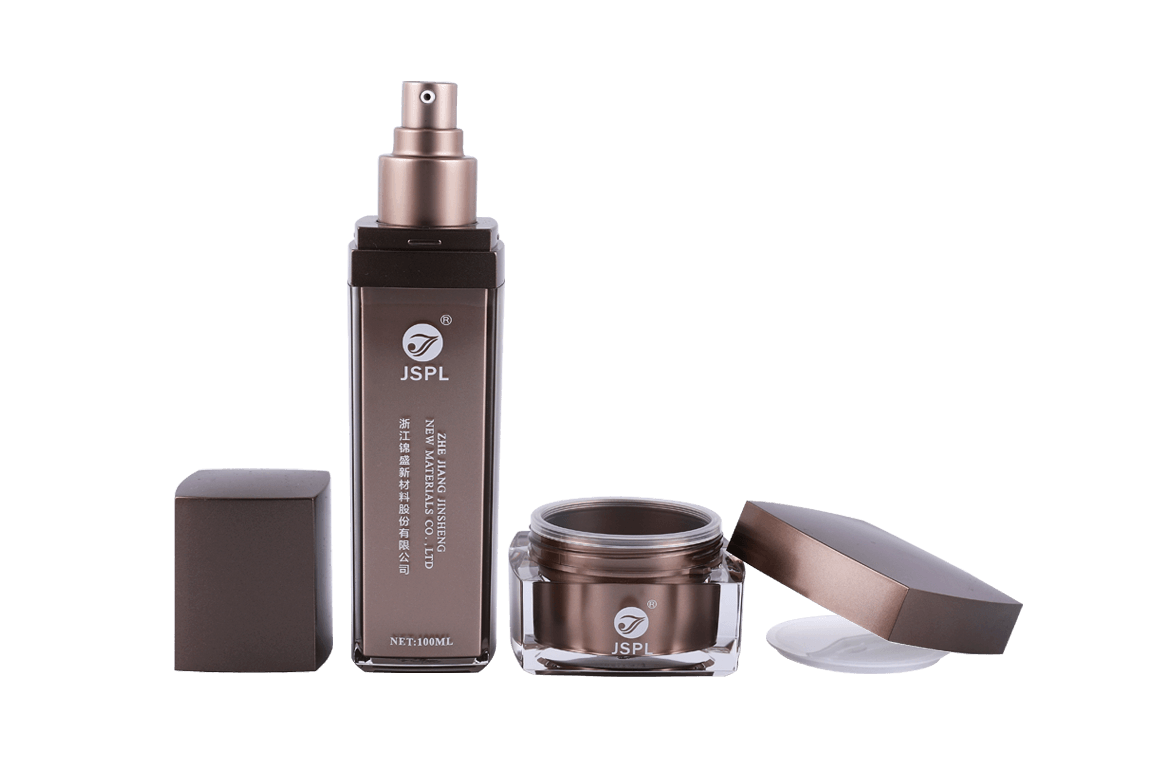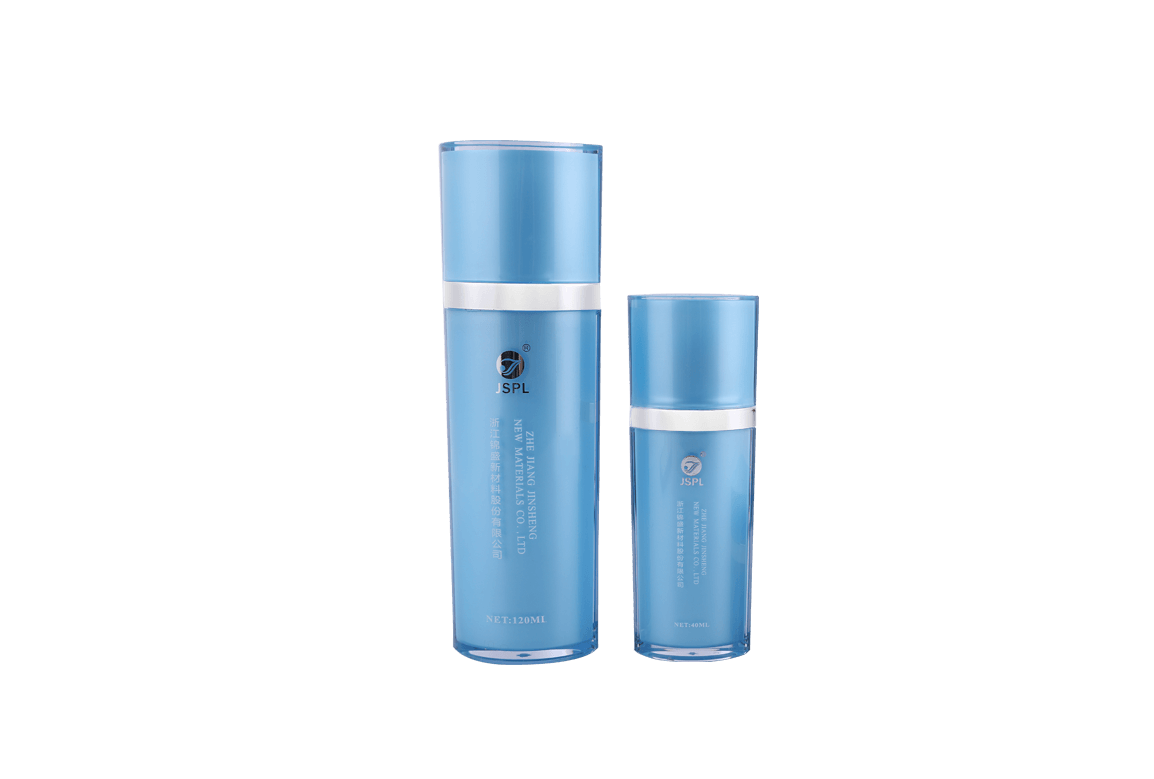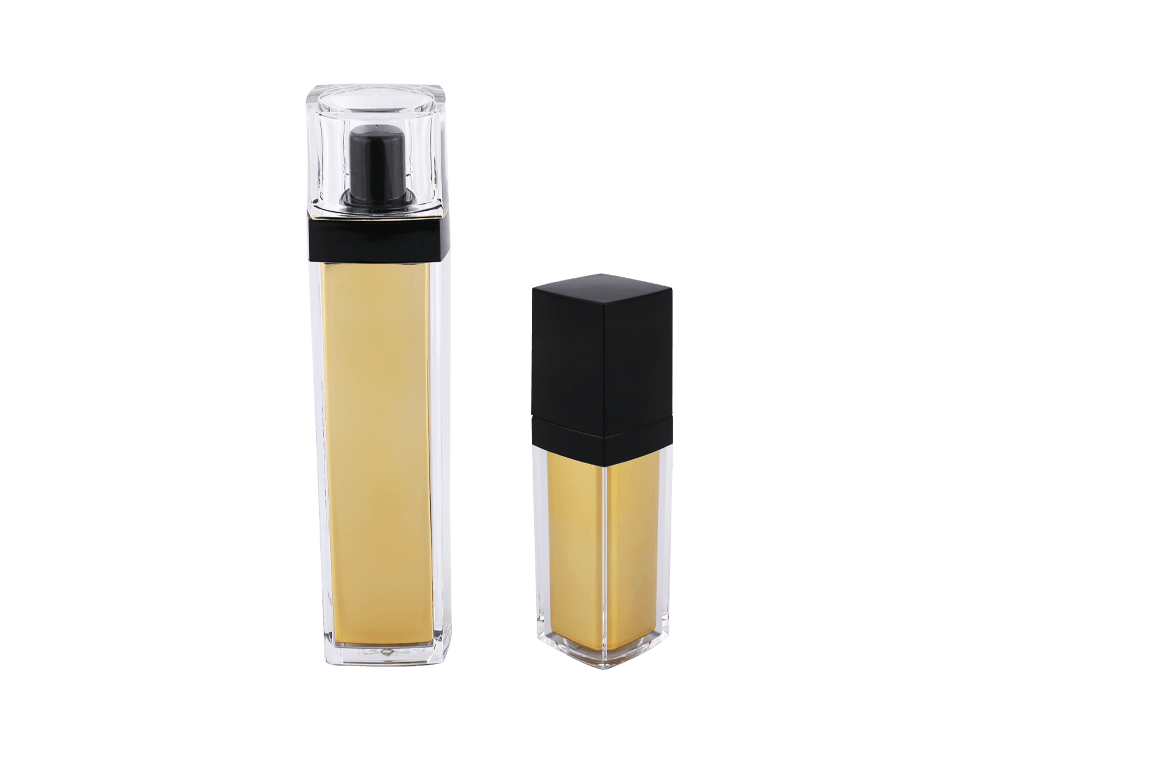As a heat-insulating container widely used in daily life, vacuum bottles are closely related to user experience. Packaging lining materials play a vital protective role in the entire packaging system, directly affecting the integrity of the vacuum bottle during transportation, storage and sales.
Buffering and shock absorption: the primary protection function of lining materials
The transportation process is a high-risk stage that causes damage to the vacuum bottle. The lining material absorbs and disperses external impact forces, significantly reduces the damage rate of vacuum bottles caused by collision and vibration.
Materials with excellent cushioning performance: such as EPE foam, polyurethane foam, pearl cotton, etc., can effectively absorb impact force and prevent cracks or deformation caused by direct stress.
Custom molded design: The inner lining is usually designed with grooves and support points according to the appearance of the vacuum bottle to ensure that the bottle body is stable and fixed, and avoid moving the bottle body in the packaging during transportation.
Multi-layer structure protection: Some high-end packaging adopts multi-layer inner lining, the outer layer absorbs large impact, and the inner layer provides secondary cushioning to improve the overall protection effect.
The effective implementation of buffering and shock absorption reduces losses caused by mechanical impact during transportation and handling, and ensures that the product reaches consumers intact.
Anti-scratch protection: maintain the appearance quality of the vacuum bottle
Vacuum bottles are mostly made of stainless steel or other metal materials, and the surface is prone to scratches and wear, affecting the beauty of the product and the consumer's experience.
Soft lining materials: such as delicate velvet, foam plastic, EVA lining, which has good flexibility and wrapping properties, and can effectively isolate the direct contact between the bottle body and the inner wall of the packaging box and other objects.
Anti-friction design: The lining surface is made of low friction coefficient material to reduce minor scratches caused by vibration during handling.
Dust-proof and dirty-proof: Some lining materials also have dustproof functions to keep the surface of the vacuum bottle clean and enhance the overall packaging texture.
Anti-scratch protection not only improves the quality of the product, but also reduces the risk of return and exchange caused by after-sales service due to appearance damage.
Moisture-proof isolation: Ensure the stability of the vacuum bottle
Moisture has a potential impact on the vacuum layer and insulation performance of the vacuum bottle, and the packaging lining material must have certain moisture-proof capabilities.
Barrier materials: such as aluminum foil film and composite film lining, which have a low water vapor transmittance and prevent external moisture from invading the inside of the packaging.
Use with desiccant: The lining design reserves space for desiccant placement, actively absorbs residual moisture in the packaging, and avoids rust in the metal part of the bottle body or moisture from the vacuum layer.
Selection of moisture-absorbing materials: Some of the linings are made of materials with moisture-absorbing functions to help maintain the dry environment inside the packaging.
The effective implementation of moisture-proof isolation ensures the long-term stability of the internal structure and insulation performance of the vacuum bottle.
Structural support: Ensure overall stability of packaging
The packaging lining not only plays a protective role, but also assumes the responsibility of supporting the structure to ensure the overall stability of the packaging.
Improve packaging strength: The inner lining is subjected to a reasonable layout and disperses the packaging box to prevent damage to the vacuum bottle due to compression deformation.
Prevent the bottle body from shaking: The inner lining accurately fits the bottle body curve, reduces gaps in the packaging, and avoids collisions caused by shaking of the bottle body.
Easy to load and unload: The lining design is easy to assemble and disassemble quickly, improving packaging efficiency and user unboxing experience.
The structural support function improves the overall mechanical performance of the packaging and ensures the safety of transportation and storage.
Environmentally friendly and sustainable: the green development trend of lining materials
With the improvement of environmental awareness, the green attributes of packaging lining materials have gradually become the focus of industry attention.
Application of biodegradable materials: Environmentally friendly materials such as bio-based foams and recyclable paper linings are gradually replacing traditional plastic foams.
Reduced design: Optimize the lining structure, reduce material usage, and reduce packaging volume and weight.
Recycling: Design reusable or easy to recycle lining materials to reduce environmental burden.

 Chinese
Chinese España
España Italia
Italia Le français
Le français
